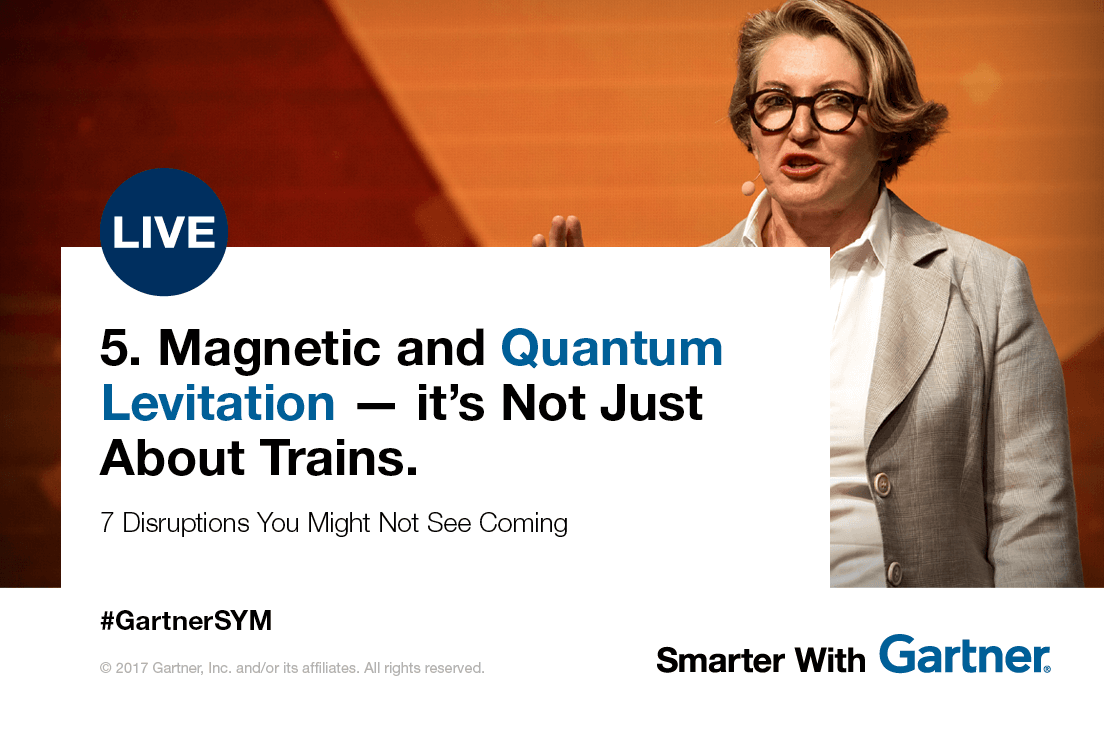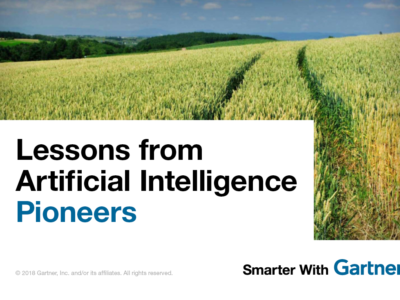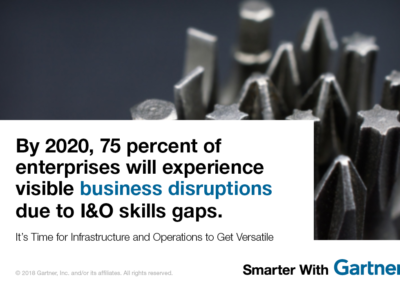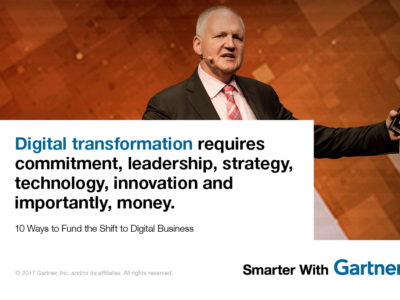CIOs need to establish themselves as a “disruptor CIOs” and wilfully disrupt their organizations and industries.
In 2012, American rapper Tupac took to the stage with Snoop Dogg to perform some of his best-known hits, more than 15 years after he died in a drive-by shooting in Las Vegas. He appeared as a kind of ‘hologram’, a projected re-creation developed by Hollywood visual effect experts.
That performance was more than five years ago, and “” has become much easier to create with new technology. Gartner defines counterfeit reality as the digital creation of images, video, documents, or sounds that are convincingly realistic representations of things that never occurred or never existed exactly as represented.
In the closing keynote at Gartner Symposium/ITxpo in Goa, Jenny Beresford, research director at Gartner, said technology that allows the creation of fake imagery or documents could be used for good or evil.
“How do you know the truth? To protect their reputations, organizations need to start working out how to address the problem or even use counterfeit reality for benefit,” Beresford said. “You may need to build human verification councils to address problems that will arise due to misleading information.”
Practice willful disruption
Andy Rowsell-Jones, research vice president at Gartner, said that while many CIOs are suffering from disruption fatigue, they need to look for opportunities they can grasp and “wilfully disrupt” their own businesses to overcome digital threats and operate at scale.
“Digital disruption is the critical discipline for modern success,” said Rowsell-Jones. “It’s disruptions that will allow you to reinvent or enter new markets, bypass barriers to customers, create or extend ecosystems, find new funding or revenue and reset business models.”
What’s coming next? Gartner identified seven potential disruptions CIOs should consider.
- Quantum computing. The ability to detect complex patterns in a matter of days or weeks instead of years represents both an opportunity and a threat. While it could be used to detect illness or design new drugs, it could also be used for cracking encrypted systems. CIOs are advised to explore quantum computing through online simulators or actual quantum computers offered “as a service”.
- “Counterfeit reality” detectors. Organizations will need to use technologies like artificial intelligence (AI) and quantum computing to create a “truth filter” to protect the corporate brand.
- “Counterfeit reality” creators. Consider whether you could adopt AI-generated content, create artificial front-line agents or use avatars to enhance your corporate image.
- Synthetic life. With the evolution of genetic modification, we may have the opportunity of re-engineering a replacement for useful organisms like bees. We also need to consider how we might counter use of the technology for evil, such as modified bacteria introduced into a public environment or workplace.
- Magnetic and Quantum Levitation. You may have already experienced magnetic levitation, for example, on Shanghai’s Maglev train. This technology also has the potential to change the way we move goods around, alter our industrial processes and change how we control the environment. Gartner advises CIOs to apply magnetic levitation in manufacturing processes and explore software for positioning and control.
- Software distribution revolution. We are all familiar with changes in software distribution at a personal level, for example, through app stores. What if enterprise software was provided the same way, for example, through software marketplaces provided by Amazon or Alibaba? If there were no software updates , a single bill, simplified procurement, an explosion in the variety of tools available and easier backup and recovery, it could revolutionize IT.
- Visual recognition and precognition. Visual and voice search is already becoming a reality, in apps like Tap Tap See, a mobile camera application designed to assist the blind and visually impaired. What if visual technology could be used for precognition, for example, to detect crowd control issues at public events before they become a problem, to know what we will need ahead of time, or in health, to detect underlying health conditions?

Gartner clients can read more in the report Willful Disruption: An Intent-Based Model for Analyzing Digital Disruption by David Mitchell-Smith et al.
Get Smarter
Make Digital Business Transformation a Practical Reality: A Gartner Trend Insight Report
The executive ambition for growth from digital business is primed and it’s time to execute. CIOs leading digital business transformations…
A Startup’s Guide to Navigate Digital Disruption in Healthcare
So you want to disrupt healthcare? You think the moment is finally here after many false starts? Your firm has many ideas but are baffled…
Follow #GartnerCIO
Learn more at Gartner Global Summits and Gartner Symposium/ITxpo.











